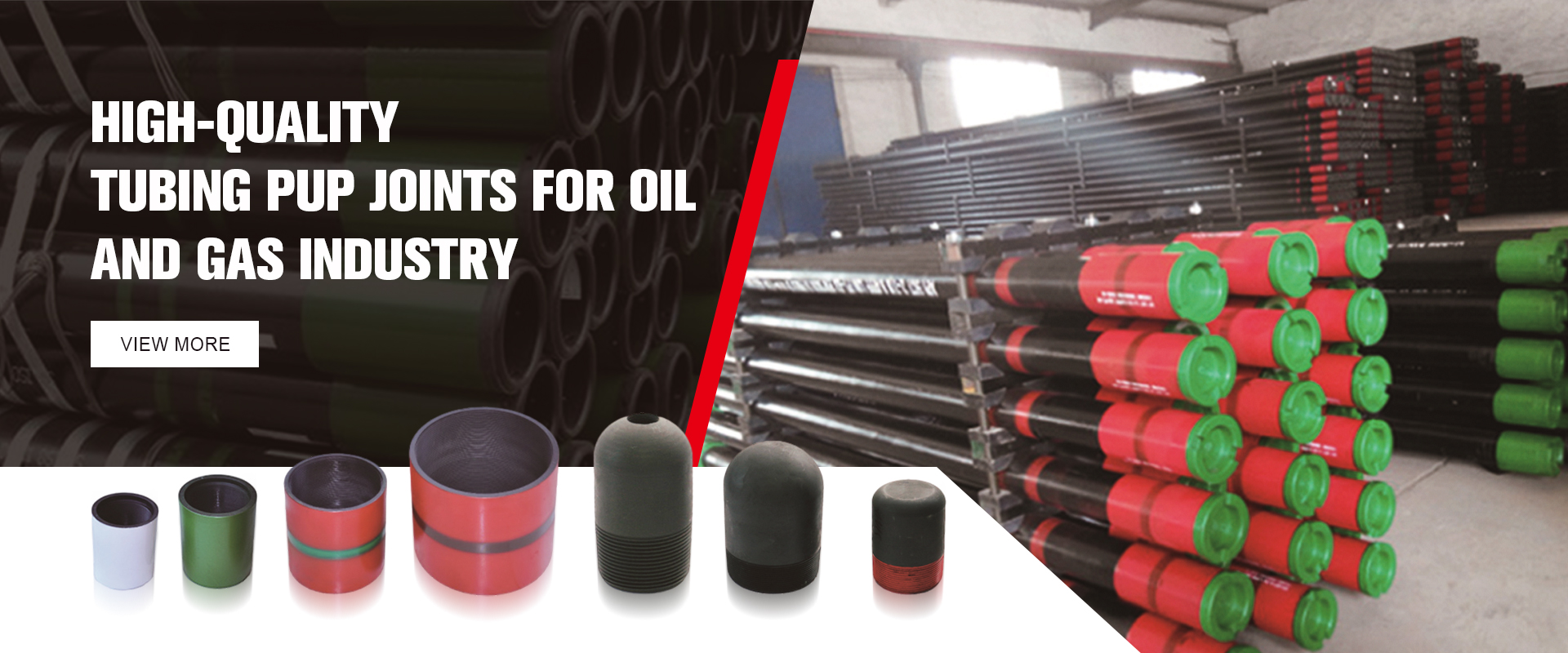- Afrikaans
- Albanian
- Amharic
- Arabic
- Armenian
- Azerbaijani
- Basque
- Belarusian
- Bengali
- Bosnian
- Bulgarian
- Catalan
- Cebuano
- Corsican
- Croatian
- Czech
- Danish
- Dutch
- English
- Esperanto
- Estonian
- Finnish
- French
- Frisian
- Galician
- Georgian
- German
- Greek
- Gujarati
- Haitian Creole
- hausa
- hawaiian
- Hebrew
- Hindi
- Miao
- Hungarian
- Icelandic
- igbo
- Indonesian
- irish
- Italian
- Japanese
- Javanese
- Kannada
- kazakh
- Khmer
- Rwandese
- Korean
- Kurdish
- Kyrgyz
- Lao
- Latin
- Latvian
- Lithuanian
- Luxembourgish
- Macedonian
- Malgashi
- Malay
- Malayalam
- Maltese
- Maori
- Marathi
- Mongolian
- Myanmar
- Nepali
- Norwegian
- Norwegian
- Occitan
- Pashto
- Persian
- Polish
- Portuguese
- Punjabi
- Romanian
- Russian
- Samoan
- Scottish Gaelic
- Serbian
- Sesotho
- Shona
- Sindhi
- Sinhala
- Slovak
- Slovenian
- Somali
- Spanish
- Sundanese
- Swahili
- Swedish
- Tagalog
- Tajik
- Tamil
- Tatar
- Telugu
- Thai
- Turkish
- Turkmen
- Ukrainian
- Urdu
- Uighur
- Uzbek
- Vietnamese
- Welsh
- Bantu
- Yiddish
- Yoruba
- Zulu
Understanding API Casing Sizes for Optimal Compatibility and Performance
Understanding API Casing Sizes A Comprehensive Overview
In the oil and gas industry, the American Petroleum Institute (API) plays a crucial role in standardizing equipment and ensuring safety and efficiency. One of the essential components covered by API standards is casing, which is a series of pipes that are inserted into the borehole of a well. Casing serves multiple purposes, including providing structural integrity, preventing the collapse of the wellbore, and protecting groundwater from contamination.
What is API Casing?
API casing is designed according to specific standards established by the API, which categorize casings into various sizes and weights. These specifications ensure that casing can withstand the pressures and environmental conditions that are typical in hydrocarbon extraction processes. The dimensions and characteristics of API casing are designed to match the requirements of different drilling depths and geological formations.
Casing Sizes and Designations
API casing is classified by its outer diameter (OD) and weight per unit length (also known as its weight class). The most commonly used sizes are 4.5 inches, 5.5 inches, and 7 inches, among others. For example, 4.5-inch casing can be found in various weights, such as 11.6 pounds per foot (ppf) or 10.5 ppf. The weight affects the casing's ability to withstand external pressures and internal loads, making it a crucial factor in design.
api casing sizes

Apart from the standard dimensions, casing is also categorized by its grades, indicating the material's strength and suitability for different environments. The most common grades include H40, J55, K55, and L80, each offering varying degrees of yield strength and tensile strength. The selection of the appropriate casing size and grade is vital to ensure the well’s integrity and longevity.
Importance of Casing Size Selection
Choosing the right casing size is crucial for the success of any drilling operation. An undersized casing may lead to a collapse under pressure, while oversized casing can increase costs unnecessarily. Factors such as the type of formation, anticipated pressures, and the presence of corrosive elements must all be considered when selecting casing sizes.
Moreover, as the industry pushes towards greater efficiency and cost-effectiveness, technological advancements have led to the development of specialty casing options, like corrosion-resistant alloys and composite materials, which widen the choice for operators in challenging environments.
Conclusion
API casing sizes are an integral aspect of well drilling and production operations in the oil and gas industry. Understanding the specifications, including size, weight, and material grades, is essential for engineers and operators. The right casing ensures not only economic efficiency but also the safety and environmental integrity of drilling activities. Consequently, companies must remain informed about API standards and advancements in casing technology to meet the evolving demands of the industry, ensuring sustainable and responsible resource extraction.
-
Tubing Pup Joints: Essential Components for Oil and Gas OperationsNewsJul.10,2025
-
Pup Joints: Essential Components for Reliable Drilling OperationsNewsJul.10,2025
-
Pipe Couplings: Connecting Your World EfficientlyNewsJul.10,2025
-
Mastering Oilfield Operations with Quality Tubing and CasingNewsJul.10,2025
-
High-Quality Casing Couplings for Every NeedNewsJul.10,2025
-
Boost Your Drilling Efficiency with Premium Crossover Tools & Seating NipplesNewsJul.10,2025







